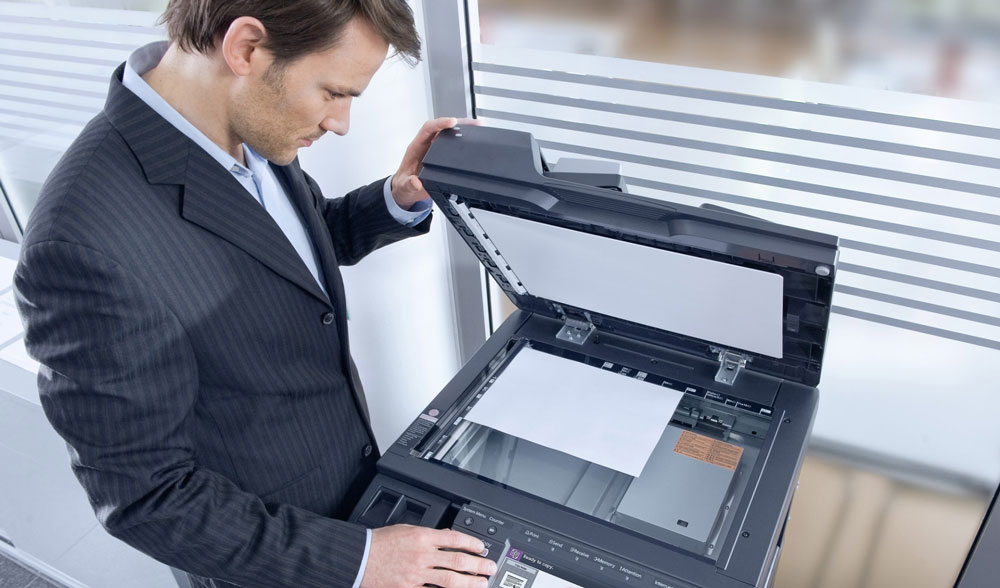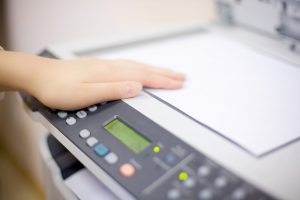
The managed print has been a hot topic in the environmental community. Many environmental impacts come from managed print, and they vary depending on what is being printed. Some of these environmental impacts can be positive while others may not seem so great at first glance. We will discuss all of this and more in this blog post!
If you are in Little Rock and you are looking for a Copier in Little Rock for your business, you may contact Clear Choice Technical Services in Little Rock. You can ask about Copier Leasing Services in Little Rock, Copier rental services in Little Rock, and Copier Repair in Little Rock.
What are the positive environmental impacts of managed print?
Positive environmental impacts of managed print include:
– Reduction in the environmental impact from paper production. Managed print technology has been shown to reduce the amount of deforestation and land clearing that takes place just for harvesting trees, which is a major environmental issue worldwide. This reduction can be attributed to digital documents being used more often than physical ones, especially with cloud technologies becoming more popular.
– Fewer emissions into our environment via transportation methods such as trucks and planes since stacks upon stacks of paper don’t need to be shipped around anymore! Instead, these materials are transmitted throughout an office electronically which helps us avoid using up huge amounts of gas or diesel fuel during transit.
Managed Print has been shown to have a positive environmental impact on organizations that no longer need to stock up on printer cartridges and avoid the amount of paper needed for printing due to its eco-friendly design as well as other environmental benefits such as less electricity usage during non-peak hours compared to standard printers.
What are some negative environmental impacts?
Negative environmental impacts of managed print may include environmental degradation or pollution.
However, Managed Print does come with some negative environmental impacts which include large amounts of energy consumed when MFDs are in use since they draw more power than standard office equipment; this excess power consumption could offset any gains made through savings achieved by not needing extra supplies like ink/toner or avoiding the need for excessive amounts of printed paper. Organizations thus should weigh the environmental pros and cons of managed print before implementing this service into their company.
– One negative impact is the environmental degradation that can occur if printers are not properly maintained. Printer maintenance staff need to ensure they do everything possible to minimize printer downtime and maximize serviceability so their customers, with whom they have a responsibility, receive reliable supplies at all times.
– Paper wastes also cause environmental problems because most paper comes from trees which take 20 years to grow back.
How can we avoid these negative impacts?
The environmental impact of managed print typically depends on how well it is implemented. When done correctly, the managed print should have a neutral or positive environmental impact due to its efficiencies and potential cost savings. However, there are some environmental disadvantages associated with using MFDs that organizations need to be aware of before implementing them in their organization. For example, one disadvantage relates to electricity usage which increases as more printers are added into an office’s inventory over time since each machine requires energy even when not being used by employees (especially if they remain powered on). Another issue involves toner cartridges which can harm environmental surroundings and affect worker safety if not handled properly.
For environmental advantages, managed print reduces the amount of paper used in an office which is favorable for both workers and environmental surroundings (e.g., forests). Furthermore, some organizations believe that using MFDs instead of printers reduces their carbon footprint while others have reported cost savings from having a solid MFD management plan in place to monitor printer usage across departments within an organization.
Organizations also need to keep energy consumption reduction goals in mind when evaluating whether or not this type of printing solution fits into their environmental initiatives since it can help lower electricity bills by reducing unnecessary power draw on office equipment during non-peak hours. By considering all these factors about how Managed Print affects environmental conservation, environmental issues can be improved just by using managed print.
What measures should be taken to limit them?
The best thing you can do for your organization’s environmental footprint is to invest in high-quality MFPs (multi-function peripherals) that allow users access to multiple functions including printing, copying, scanning, faxing, and more.
The managed print has many environmental benefits which include energy conservation (which saves money), reduced paper consumption (which also saves money). The environmental impacts of managed print are positive in some ways but negative in others. To limit environmental impacts from managed print, organizations must invest in high-quality MFPs.
Overall, managed print has a positive environmental impact because of the many benefits including energy conservation and paper consumption savings.




